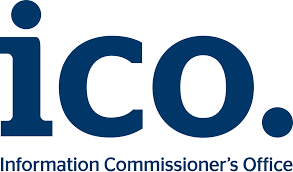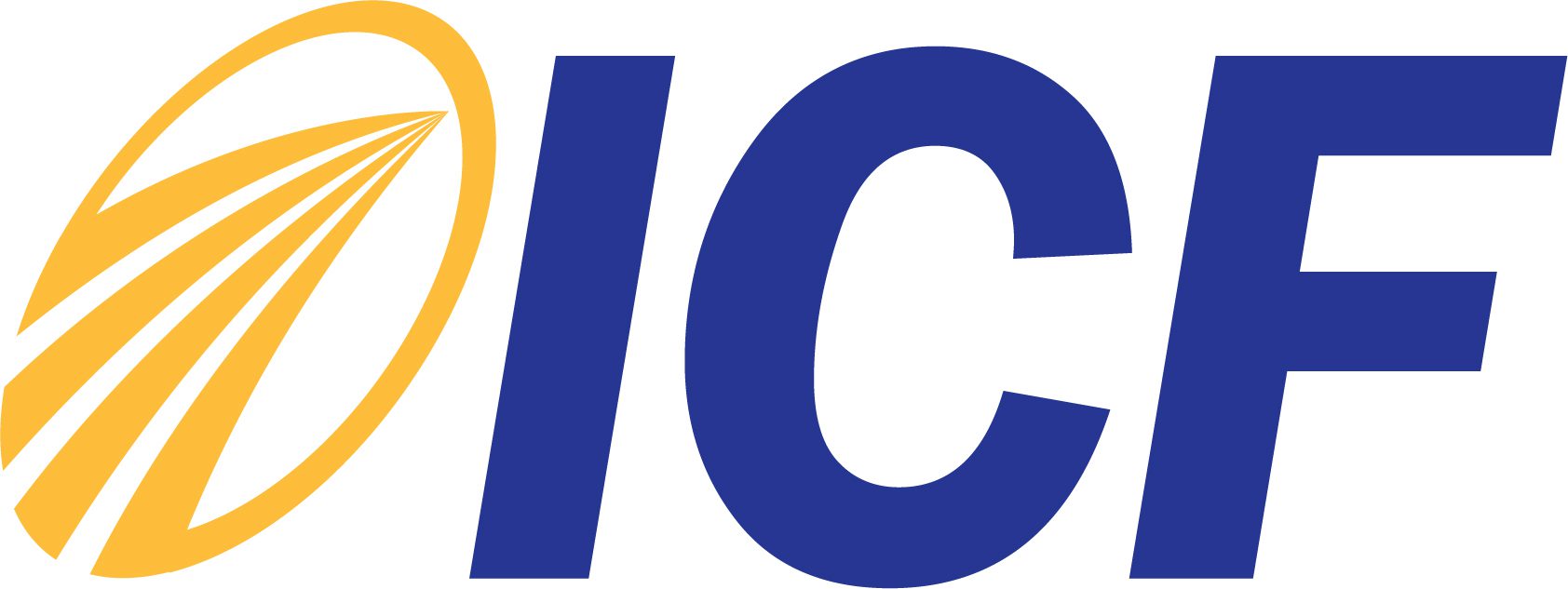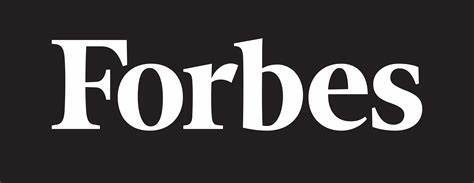When it comes to the expectations of the hiring manager, the bar has been raised when it comes to executive cover letters and in this article we have provided senior executive cover letter examples suitable for executive level candidates up to senior managers.
Expectations are much higher now and they are not prepared to take risks and aren’t afraid to wait for the right candidates. So how can you meet new expectations? As a senior level job seeker, you need to be thinking through every step, and making extra effort in those small touches. And this couldn’t be more true when it comes to the art of the senior executive cover letter example.
I’ll begin with a caveat that there will be some variations whether your executive cover letter is aimed at peers or recruiters, but the following are errors or omissions that I see time and time again in an executive cover letter (more commonly email of course). Correct these mistakes to elevate yourself in the eyes of the recruiter, and you should see an increase in responses and engagement also. The phrase ‘cover letter’ these days almost always means a covering email of course. It can be a really important piece of the communication process, as it may dictate whether the recipient’s interest is piqued sufficiently for them to click on your attached CV and take things that bit further. So, onto those points and your senior executive cover letter examples:
How long is a piece of string?
Most examples that our career coaching & outplacement clients use are way too long. A senior executive cover letter is just that, a brief supplementary note to support a job application. Recruiters in particular, don’t have time to trawl through a long, albeit well meant, treatise on your entire value proposition. My recommended format of an senior management or executive cover letter example would be 2-3 lines to open, 3-6 bullet points outlining your ‘killer’ personal brand statements (relate them to a role and include tangible results if the senior manager or executive cover letter is part of a specific job application) or achievements relative to the role in question, followed by 2-3 lines to close, followed by your call to action (see next point). As a senior level executive you’ll have appreciated succinctness from colleagues and reports alike in your current or past roles, so apply the same philosophy in senior executive cover letter examples. It will serve you well.
No ‘call to action’
So you’ve written your executive cover letter, and said ‘Best Regards, Steve’ or similar. What next? Is it just another application to add to your tracking sheet? When will you follow up? Will you follow up, or might they call you? You can’t always dictate the next step, but you can at least suggest one. So how about a gentle call to action such as, ‘It would be great to set up a brief introductory call, so could you please let me have a couple of suitable options when you’re available?’ You have nothing to lose by adopting this approach, and not everyone will, so again you are demonstrating you might have just that bit more about you. Fine margins are involved in success or failure with any part of the job application process.
How do they contact you?
A surprising omission, but again I see it all too often, is not to include your contact telephone number as well as your LinkedIn link (so they can quickly click on your profile to either connect or contact you). So do make it a habit of including this signature of sorts, but keep it simple and try to resist including statements in your email signature like ‘currently seeking a new role’, as in a signature context it can look a bit ‘needy’. Mobile number and LinkedIn ID are fine.
Follow up
In the context of the covering letter being part of a job application process, how do you follow up? It’s not exactly a scientific approach, but I advocate a ‘three strikes and out’ approach in most cases. If after three follow up attempts you still don’t get a response, leave it, as tempting as it may be to continue ‘chasing’. Move onto the next opportunity or new connection. You have your dignity and self-esteem to consider here too, and if you want to view every job seeking interaction as a ‘meeting of equals’, as you should, then this approach will serve you. If they want you, believe me they’ll respond. Very much related to the job application process, not being attached to the outcome of any one application or email correspondence will be one of the most liberating breakthroughs you can make.
Sorry, who are you?
If the context allows (more appropriate with a peer or direct job application to a senior executive than to a recruiter) you could add a P.S., or as part of your closing statement and prior to your call to action something like, ‘I see we both did our MBA at (Establishment)’ or anything else that demonstrates you’ve gone the extra mile in your research about the person. Doing small things like this will demonstrate immediately that you’re the kind of person who takes a bit of trouble, and most people simply won’t bother. This particular strategy is equally at home on the subject of LinkedIn connect requests also. Personalise. Always personalise.
For your future executive cover letters, give these examples a try and let me know what results you get. If you’re pleased with the senior executive cover letter examples and they have proven successful (or not successful) to you, we would like to hear from your experiences.
If you’d like to discuss your own career in a no obligation, confidential call, book a slot. We go through all stages of the job search phase, including the tons of other executive and senior executive cover letter examples that we have in our experienced pockets.











